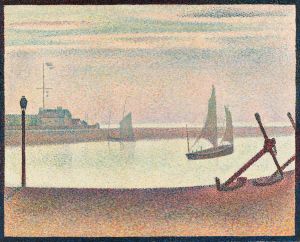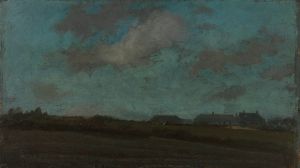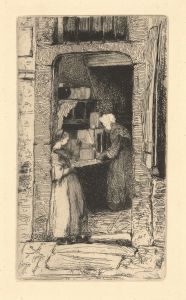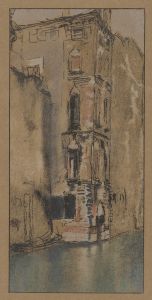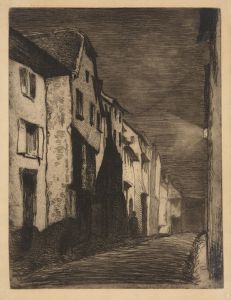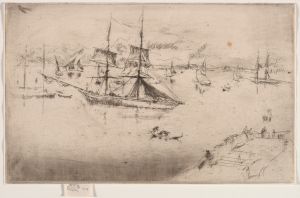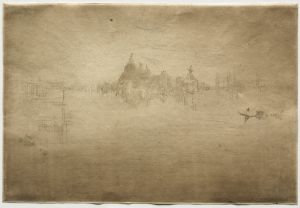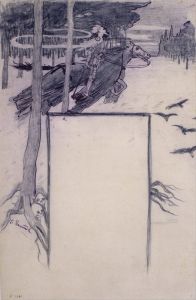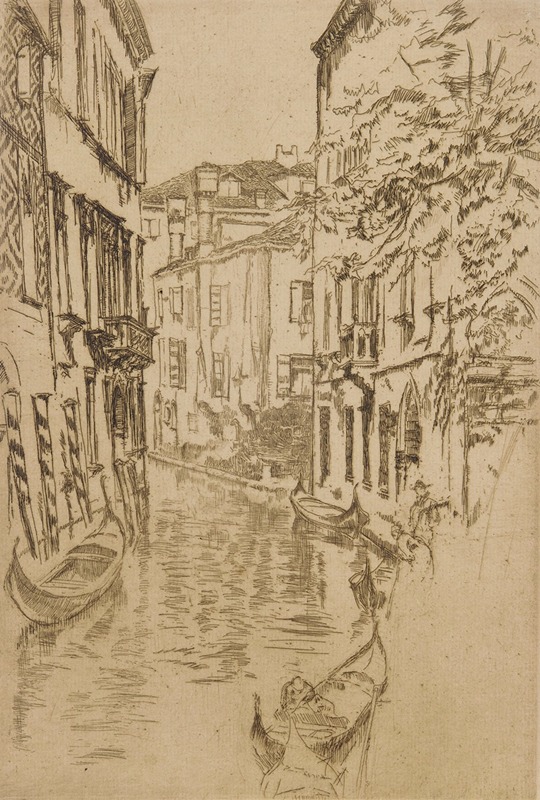
Quiet Canal
A hand-painted replica of James Abbott McNeill Whistler’s masterpiece Quiet Canal, meticulously crafted by professional artists to capture the true essence of the original. Each piece is created with museum-quality canvas and rare mineral pigments, carefully painted by experienced artists with delicate brushstrokes and rich, layered colors to perfectly recreate the texture of the original artwork. Unlike machine-printed reproductions, this hand-painted version brings the painting to life, infused with the artist’s emotions and skill in every stroke. Whether for personal collection or home decoration, it instantly elevates the artistic atmosphere of any space.
James Abbott McNeill Whistler was an American artist known for his significant contributions to the art world during the late 19th century. He is often associated with the Aesthetic Movement, which emphasized the visual and sensual qualities of art and design over practical, moral, or narrative considerations. One of his notable works is "Quiet Canal," a painting that reflects Whistler's distinctive style and artistic philosophy.
"Quiet Canal" is part of Whistler's Venice etchings, a series of works created during his stay in Venice from 1879 to 1880. This period was particularly productive for Whistler, as he was able to capture the unique atmosphere and architecture of the city through his etchings and paintings. The "Quiet Canal" painting exemplifies Whistler's ability to convey mood and atmosphere with subtlety and precision.
Whistler's approach to art was heavily influenced by his belief in "art for art's sake," a concept that suggests art should be appreciated for its beauty and form rather than its narrative content or moral message. In "Quiet Canal," this philosophy is evident in the way Whistler focuses on the interplay of light and shadow, the reflections on the water, and the tranquil ambiance of the scene. The painting does not aim to tell a story but rather to evoke a sense of calm and introspection.
The composition of "Quiet Canal" is marked by Whistler's characteristic use of a limited color palette and delicate brushwork. He often employed a technique known as "tonalism," which involves the use of closely related shades of color to create a harmonious and unified effect. This technique is evident in "Quiet Canal," where the muted tones and soft transitions between colors contribute to the overall serenity of the image.
Whistler's time in Venice was a turning point in his career, allowing him to refine his skills and experiment with new techniques. The city's unique light and architecture provided endless inspiration, and Whistler's works from this period are celebrated for their innovative approach and artistic mastery. "Quiet Canal" is a testament to Whistler's ability to capture the essence of a place and convey it through his art.
The painting is also an example of Whistler's skill in capturing the fleeting effects of light and atmosphere, a quality that aligns him with the Impressionists, although he maintained his distinct style. Whistler's work in Venice, including "Quiet Canal," received critical acclaim and helped to solidify his reputation as a leading artist of his time.
In summary, "Quiet Canal" by James Abbott McNeill Whistler is a significant work that reflects the artist's commitment to the principles of the Aesthetic Movement and his mastery of tonalism. Through his delicate handling of color and light, Whistler creates a scene that is both tranquil and evocative, capturing the timeless beauty of Venice's canals.







